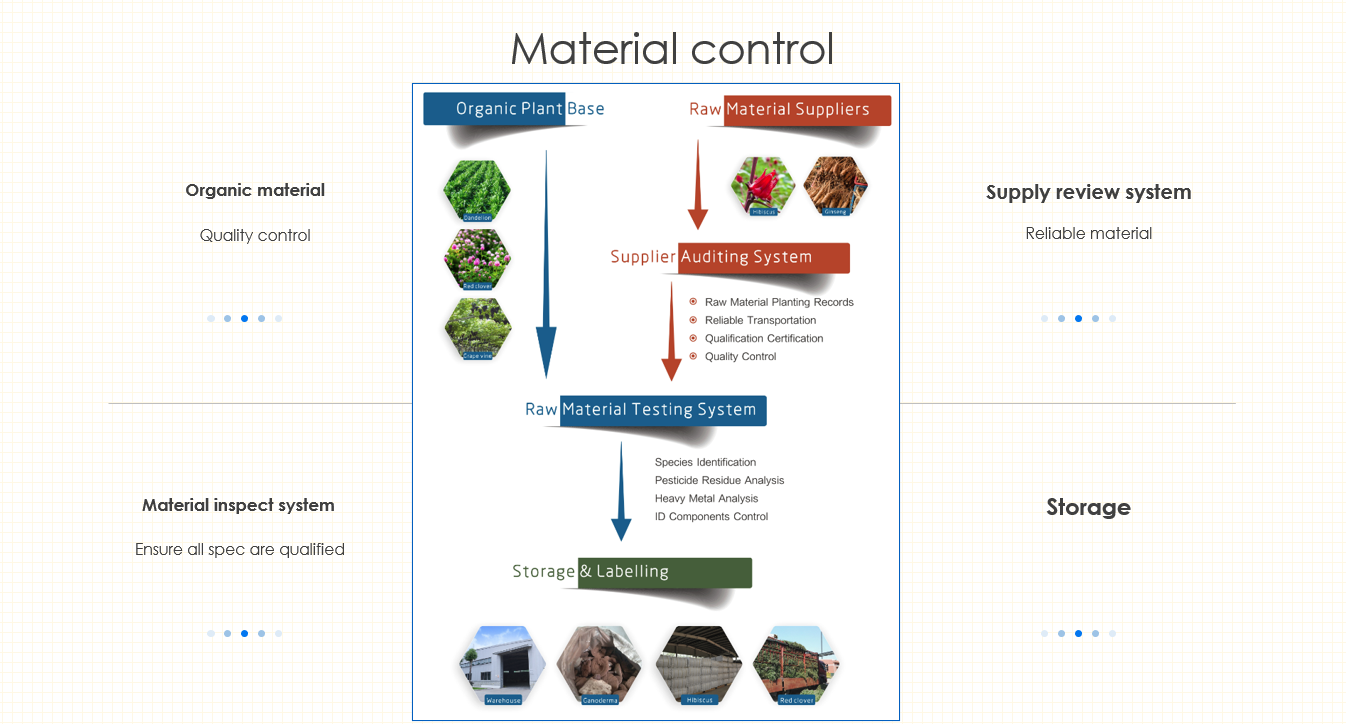close
Choose Your Site
Global
Social Media
| Isoflavones: | |
|---|---|
| Availability: | |
| Quantity: | |

Isoflavones
World-way

Soybean isoflavone is a kind of phytochemical, which belongs to plant flavonoids. It mainly comes from legumes. The content of soy isoflavone is 0.1% - 0.5%. There are 12 kinds of soybean isoflavones in soybean, which can be divided into three categories, namely daidzinggroups, genistin groups and glycitinggroups. There are four forms of free type, glucoside type, acetyl glucoside type and malonyl glucoside type. Free aglycon accounted for 2% - 3% of the total amount, including genistein, daidzein and glycitein. Conjugated glycosides accounted for 97% - 98% of the total amount, mainly in the form of genistein and daidzin, 6 '- o-ma-1onylgenistin and 6' - o-malonyldid-zin, accounting for 95% of the total. Planting environment, processing methods and genetic factors have certain effects on the content and composition of isoflavones in soybean, which shows that the total amount and proportion of isoflavones in different soybean varieties are different.

1. Antioxidants
Isoflavones have beneficial antioxidant properties similar to that of vitamin E. work s through guarding against free radical damage.
2. For menopause
Isoflavones have been found to reduce certain symptoms of menopause like increased bone density and hot flushes in women.
3. Prostrate complications
Isoflavones are highly useful for enlargement of the prostate gland, which will eventually benefits for prostate cancer.
4. Bone health
Isoflavones assist in bone preservation by aiding in the creation of new bones. Other studies show that the isoflavones prevent skeletal disease and osteoporosis as well.



Soybean isoflavone is a kind of phytochemical, which belongs to plant flavonoids. It mainly comes from legumes. The content of soy isoflavone is 0.1% - 0.5%. There are 12 kinds of soybean isoflavones in soybean, which can be divided into three categories, namely daidzinggroups, genistin groups and glycitinggroups. There are four forms of free type, glucoside type, acetyl glucoside type and malonyl glucoside type. Free aglycon accounted for 2% - 3% of the total amount, including genistein, daidzein and glycitein. Conjugated glycosides accounted for 97% - 98% of the total amount, mainly in the form of genistein and daidzin, 6 '- o-ma-1onylgenistin and 6' - o-malonyldid-zin, accounting for 95% of the total. Planting environment, processing methods and genetic factors have certain effects on the content and composition of isoflavones in soybean, which shows that the total amount and proportion of isoflavones in different soybean varieties are different.

1. Antioxidants
Isoflavones have beneficial antioxidant properties similar to that of vitamin E. work s through guarding against free radical damage.
2. For menopause
Isoflavones have been found to reduce certain symptoms of menopause like increased bone density and hot flushes in women.
3. Prostrate complications
Isoflavones are highly useful for enlargement of the prostate gland, which will eventually benefits for prostate cancer.
4. Bone health
Isoflavones assist in bone preservation by aiding in the creation of new bones. Other studies show that the isoflavones prevent skeletal disease and osteoporosis as well.









